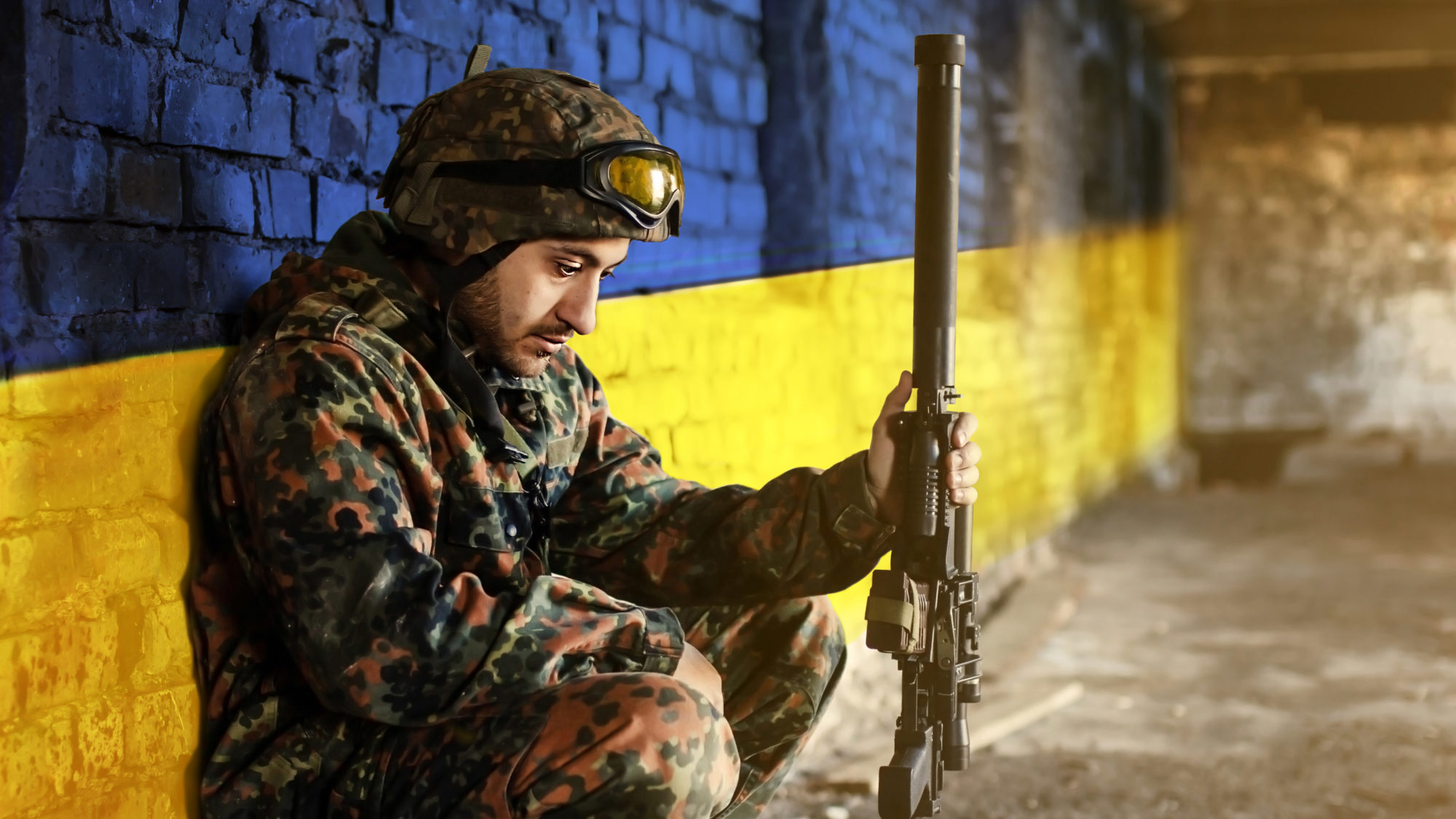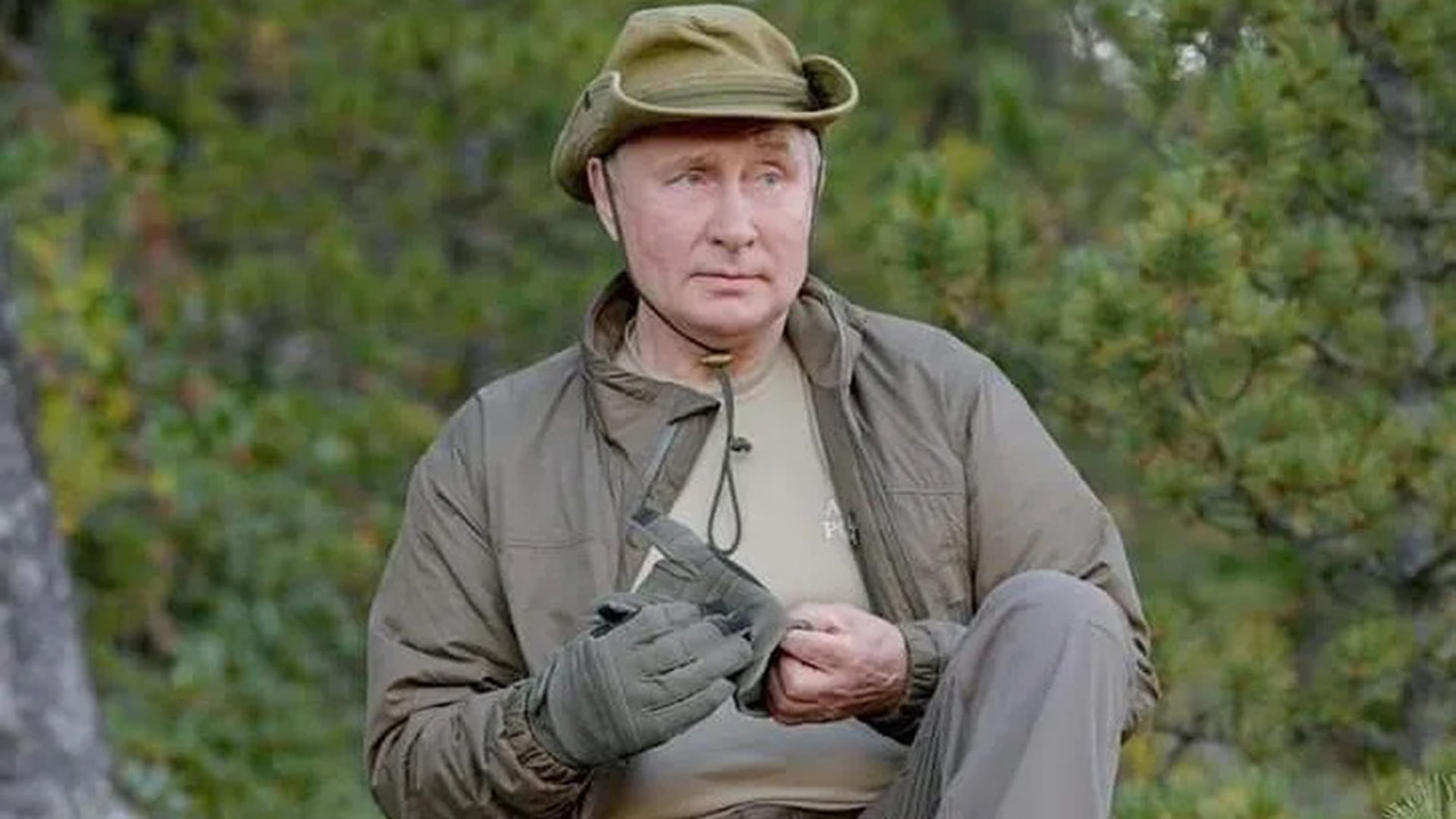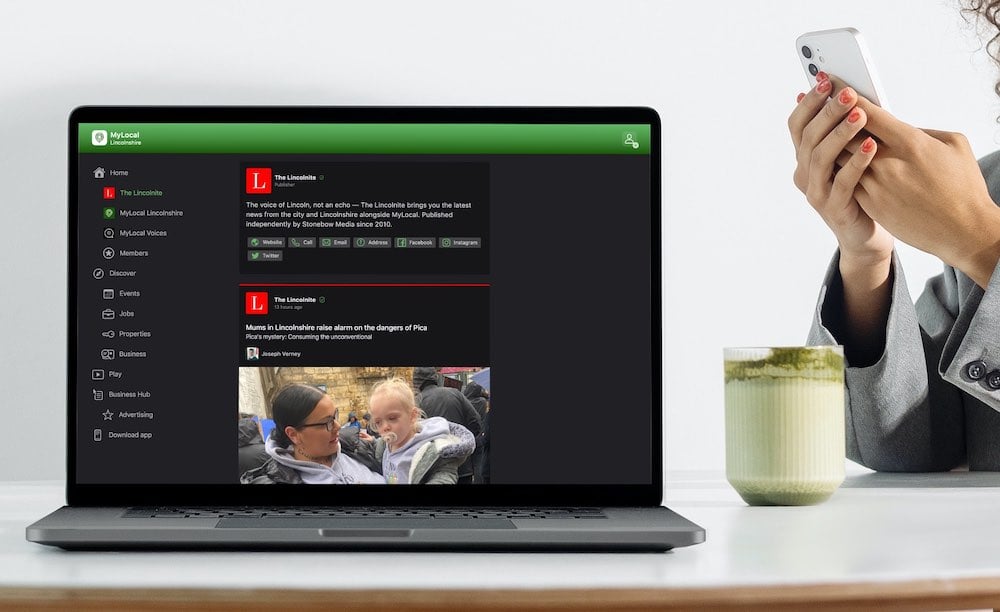Legend has it that Lenin once said “When it comes time to hang the capitalists, they will vie with each other for the rope contract.”
Although this quote is apocryphal and no one has ever been able to find it in any of Lenin’s writings, it is as pertinent today as it was when US intelligence officer Major George Racy Jordan ‘quoted’ him in a 1955 article in the “The Commonwealth: Official Journal of the Commonwealth Club of California”. Jordan was a fierce anti-communist writing as the Cold War was just starting to get rather warm. Whether this was said by Lenin or just imagined by Major Jordan, we will probably never confirm, but it is starkly accurate today in so many ways.
As we are all so acutely aware now on the 24th February this year Russia launched an unprovoked and brutal attack on a peaceful neighbour, starting war again in Europe for the fist time since the Yugoslav civil war between 1991 and 1995. The war commenced with powerful missile strikes on several Ukrainian cities inflicting many casualties and massive damage to infrastructure and housing. What is not so widely known however is that those missiles work so well because they are full of sophisticated electronic guidance systems made not in Russia but in the democratic capitalist market economies of the West.
In 1991 the Soviet Union collapsed bringing into being many new independent states. Russia and Ukraine being but two of them, right from the outset. The former Soviet states attracted political and economic advisors from the ‘winning’ side in the Cold War. The United States and Western Europe flooded those countries with our experts in turning the former communist empire into democratic market economies fit to join the civilised world. The talk at the time was of the superiority of the democratic, market economies having prevailed at what US political scientist Francis Fukuyama called “The End of History”.
Fukuyama’s premise was that political and economic history was an evolutionary process and that the Western way of life was almost predetermined to prevail. The End of History marked a major turning point. We now might conclude that that sentiment was hopelessly optimistic, even naïve in the face of what history had told us already. The sunlit-uplands of democracy, peace, love and understanding did not last long at all. Some might argue it was still-born. No sooner had the Soviet Union collapsed but war broke out in its neighbourhood in the disintegrating former communist state of Yugoslavia.
The democratic market economies in the new states emerging from Soviet control never really happened either. All of the former Soviet Republics descended rapidly into oligarchies and eventually to Kleptocracies, including Ukraine. We quite rightly support the valiant people of Ukraine in their fight against an imperialist aggressor but we should not forget that the same corruption that brought about the regime in Moscow was alive and kicking in Kyiv and Kharkiv too. Kleptocracy, oligarchy and illicit finance are the biggest threat to peace and security in the world and we in the West heve facilitated and enabled it.
Western bankers, lawyers and advisors continued to offer advice, finance and legal support long after the rose tinted view of a democratic market economy had faded from view in the former Soviet states. Right up to the imposition of the biggest package of sanctions in history Westerners happily cosied-up to the people we now call war criminals and murderers. Some of the advisors, particularly the lawyers who facilitated Russian oligarchs bringing legal actions in the West to silence the press and media, still shamefully justify it with the absurd statements “they have a right to be represented”. It is notable that such a ‘right’ is determined by the depth of the clients pocket rather than the merit of their case. It is doubtful that the recent libel action by Roman Abramovich against Catherine Belton and her publishers was carried out on legal aid rates.
Now to the most amazing reflection on ‘Lenin’s observation’. Those missiles hitting Ukrainian apartment blocks are full of electronics and avionics built in the west. The SSC-8 is a Russian ground-launched cruise missile with a range of 2,500 km. It has a US made computer aboard to facilitate its ability to operate its control systems at very low altitude and high speed. Thanks to American hardware it is incredibly accurate. The computer and the rails that connect it to the computer housing as super heat resistant as would be necessary in such a weapon. The Svir and Refleks guided 300-mm rocket, the principal weapon of the Russian precision artillery for the Tornado-S multiple launch rocket system uses a US-made fibre-optic gyroscope for its inertial navigation.
The Russian TOR-M2 air-defence system, one of the most potent short-ranged air-defence systems in the world relies on a British-designed oscillator in the computer controlling the platform’s radar. The UK has a long tradition of supplying weapons that get used against us and our allies and friendly countries. The MIG 15 fighters that were the scourge of the skies in the Korean War were powered by a Rolls Royce designed Nene jet engine that was sold to the Soviet Union. The Argentine Navy was the proud owner of Type 42 warships designed and built in the UK and sold to a fascist dictator.
The US, UK, Germany, The Netherlands, South Korea and Japan have all had a thriving trade selling weapon components to Vladimir Putin’s Russia. Parts of those missiles that hit Ukrainian targets have been examined by the Royal United Services Institute in the UK, sure enough they are full of kit designed and built in the West. What is even more astonishing is that the flow of components continued right up to the attack on Ukraine, long after Russia adopted its highly aggressive and threatening stance against the West.
Whether Comrade Lenin made that prediction or not, we can see that the prediction itself is absolutely correct and there is no wonder it has stood the test of time among all Soviet/Russian predictions.







